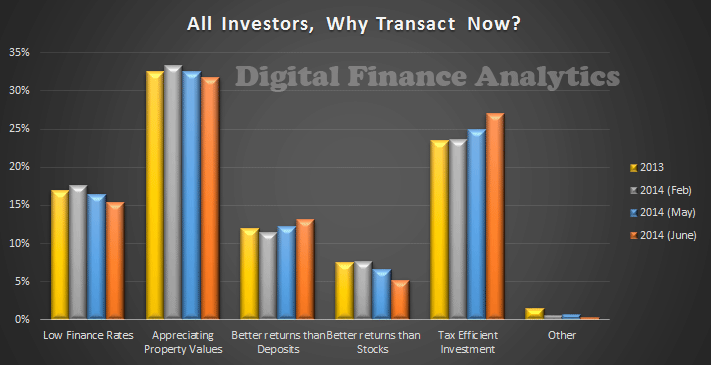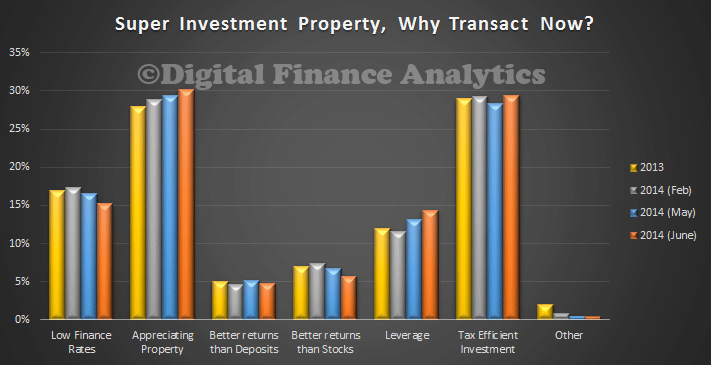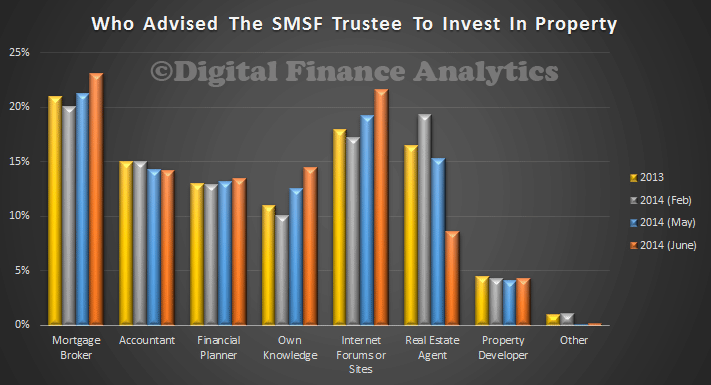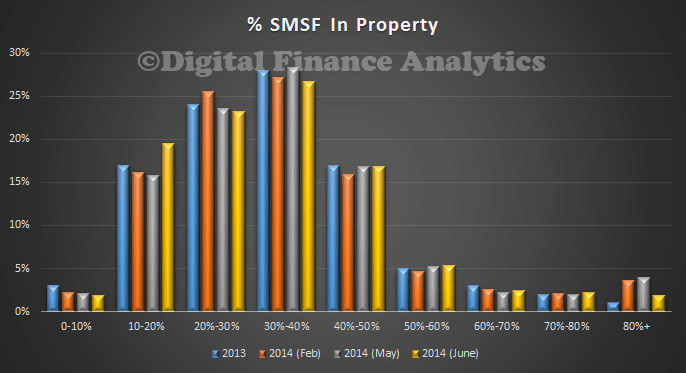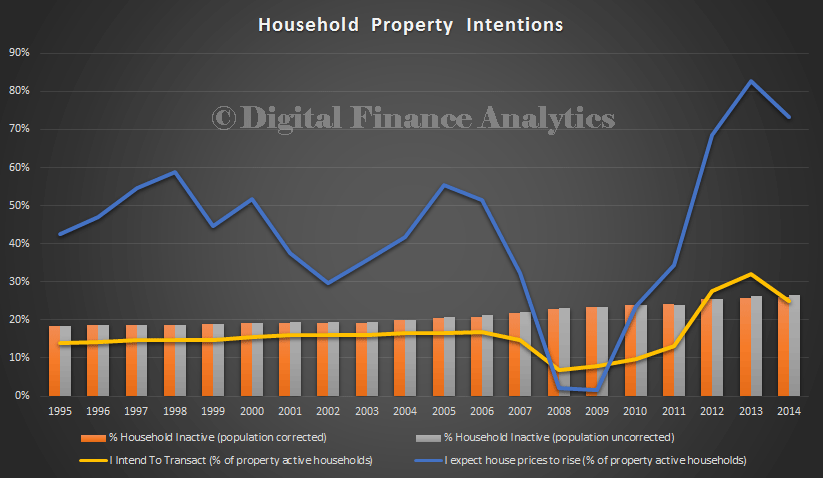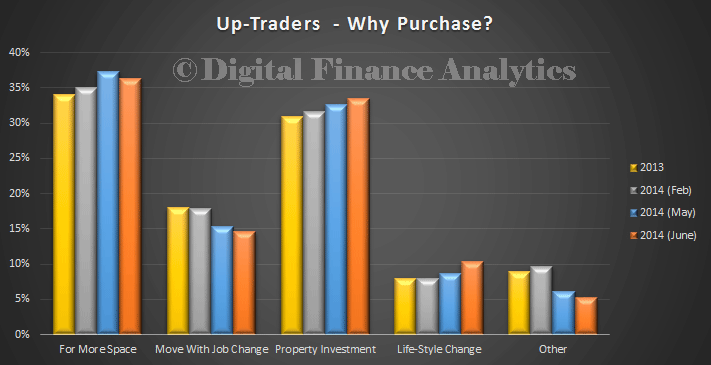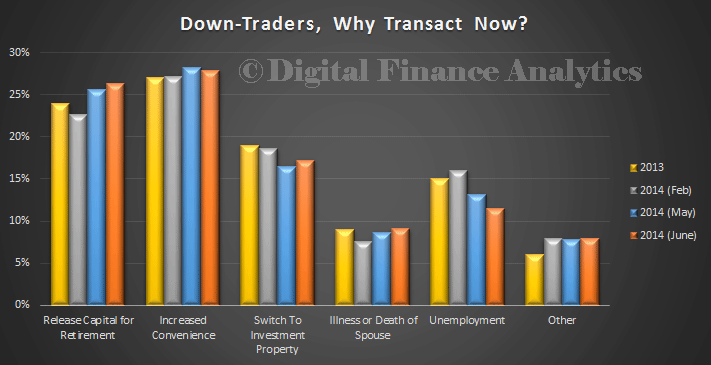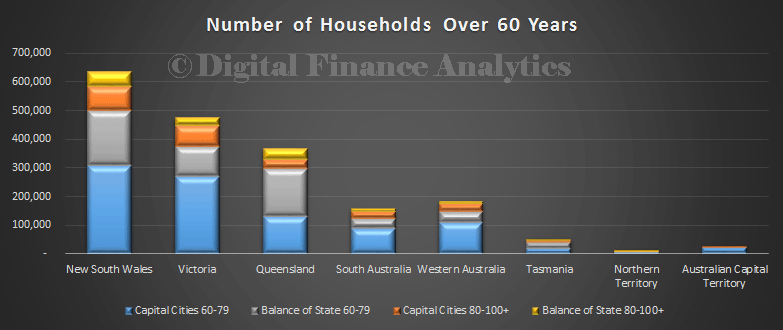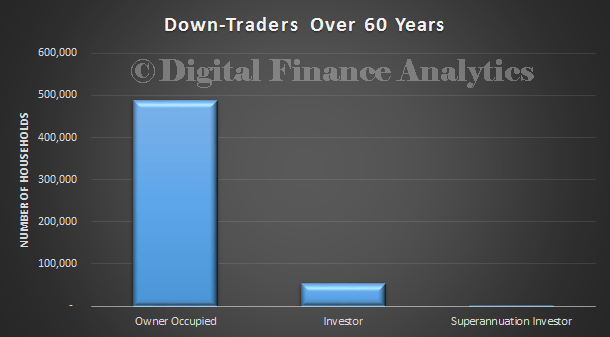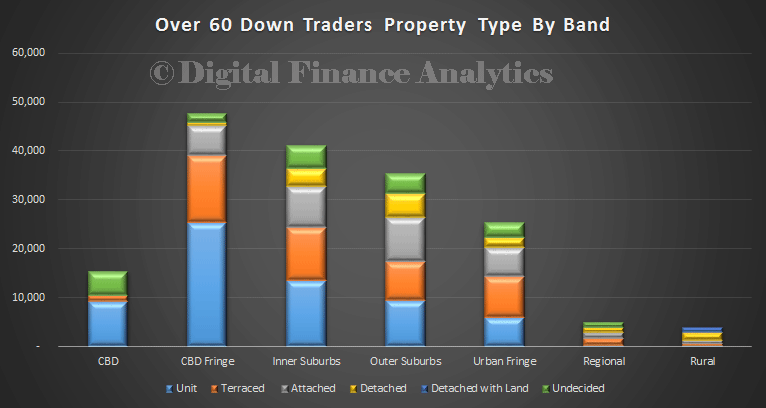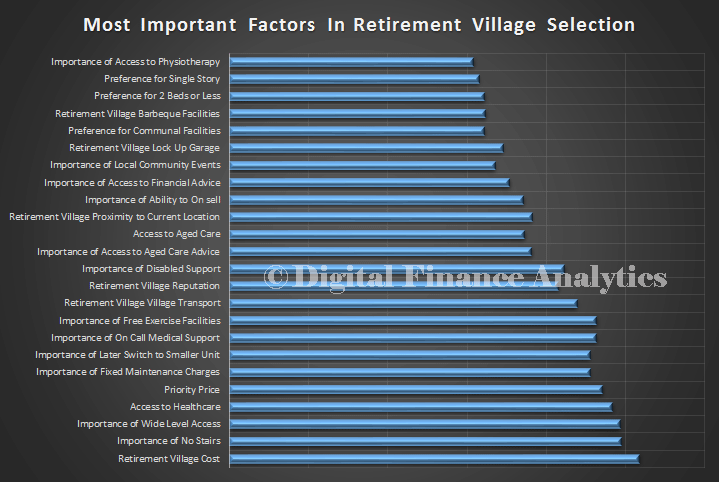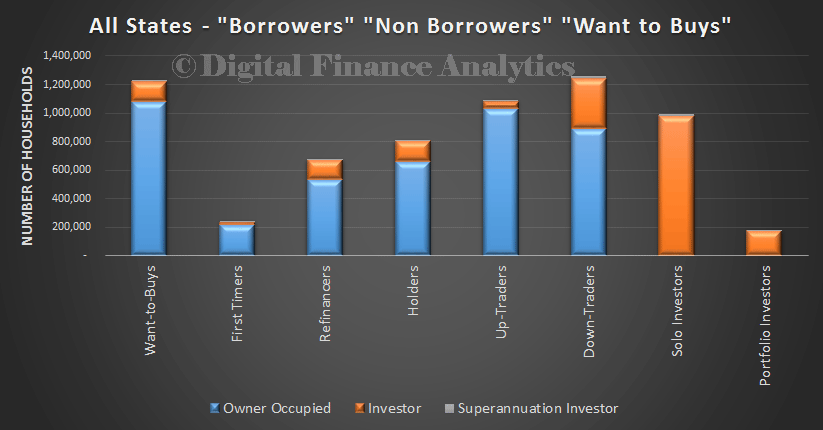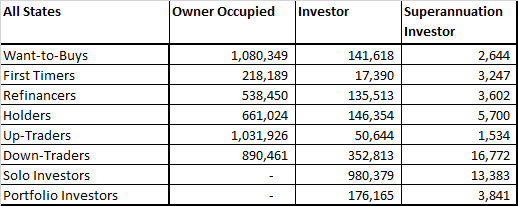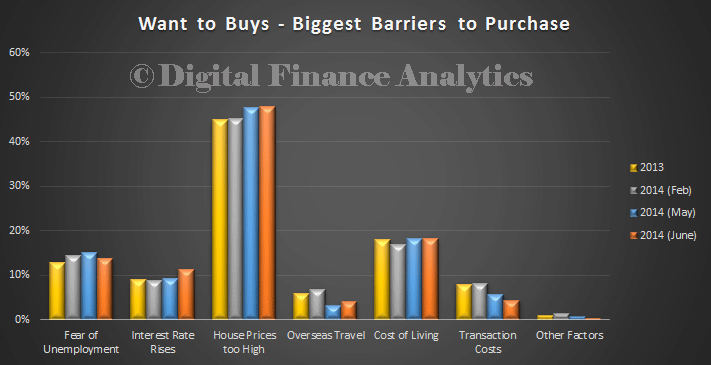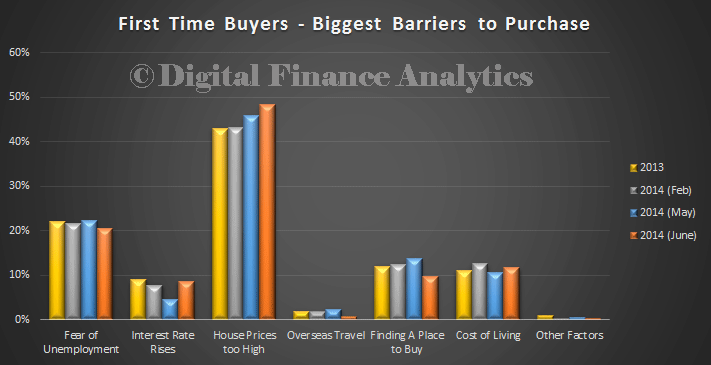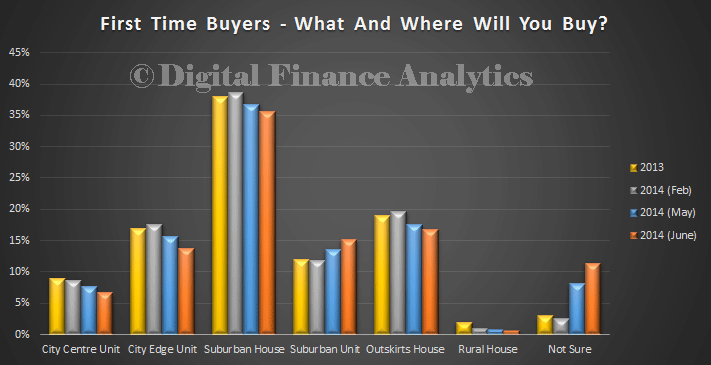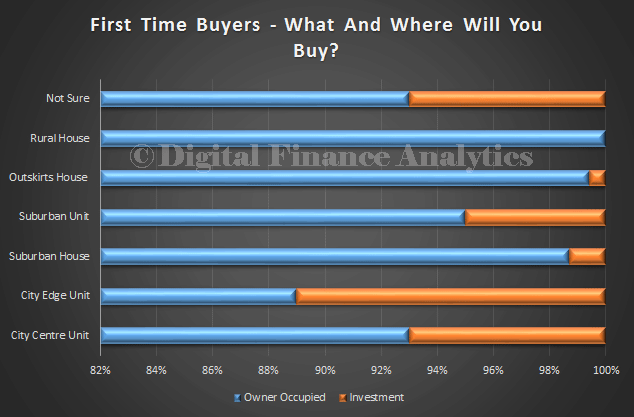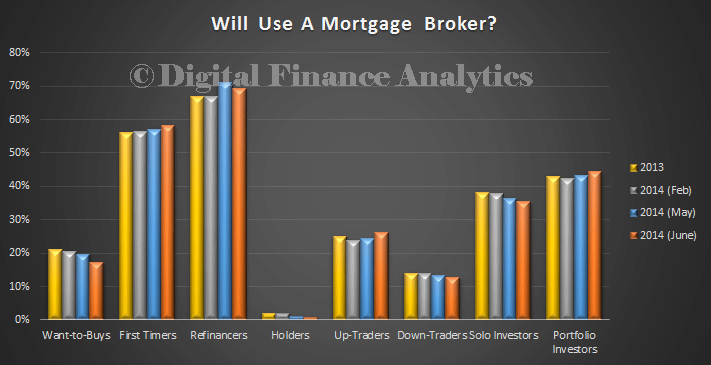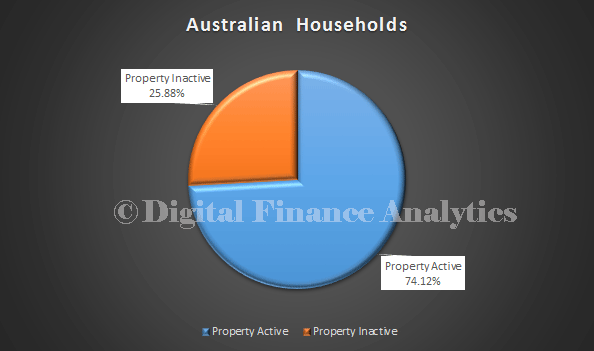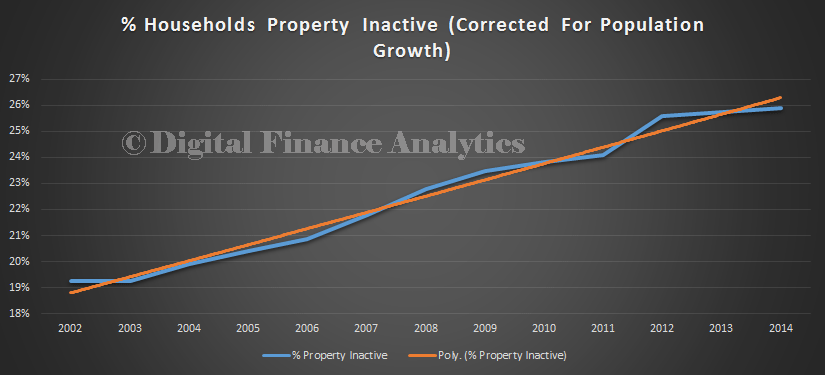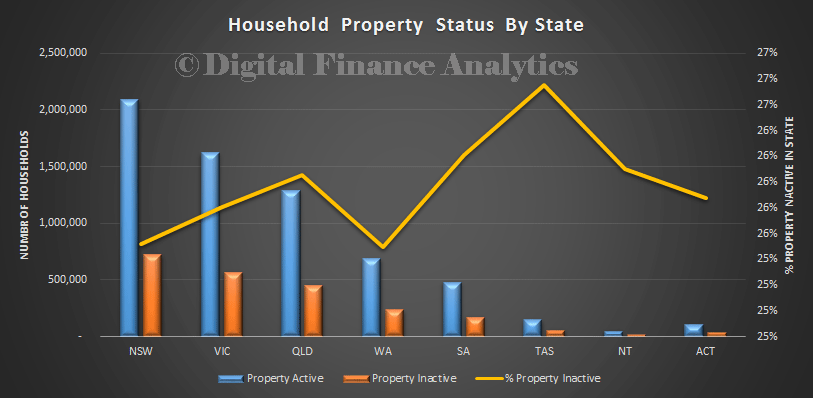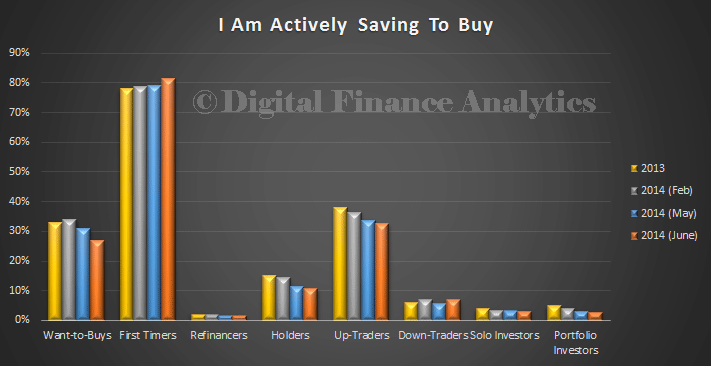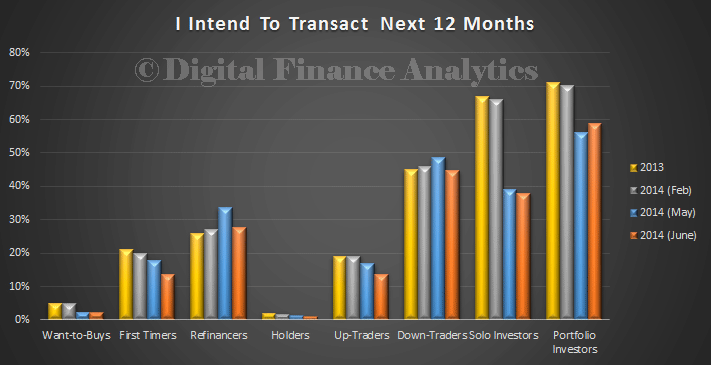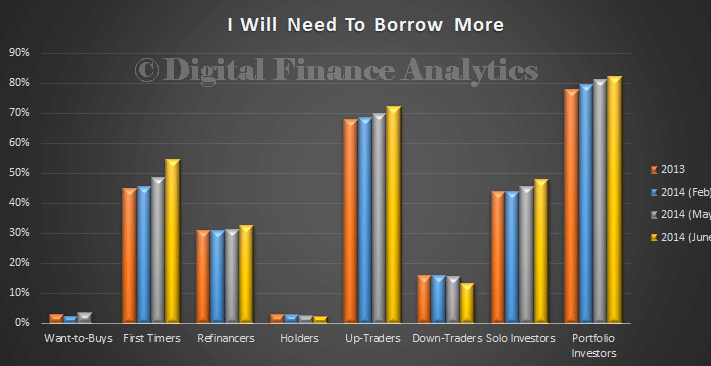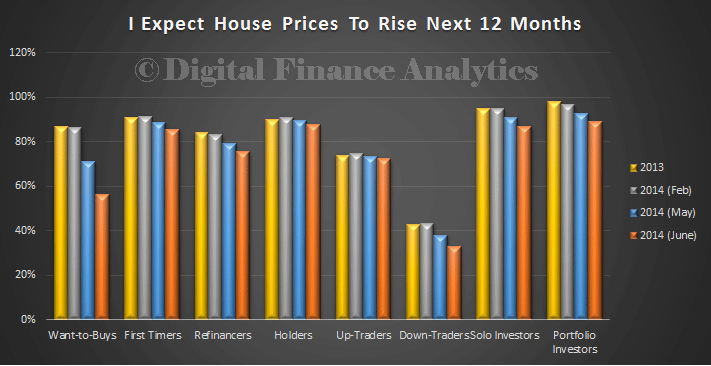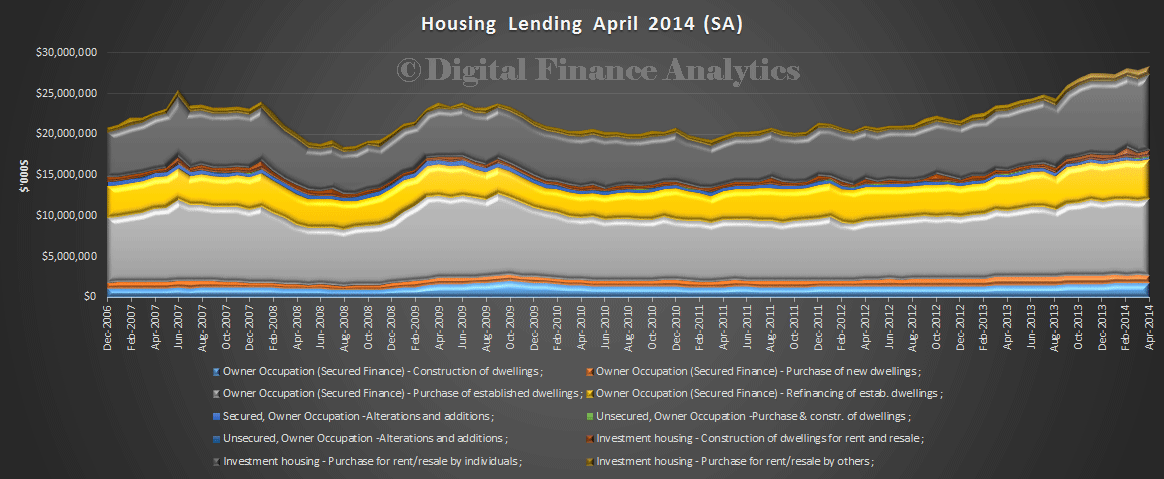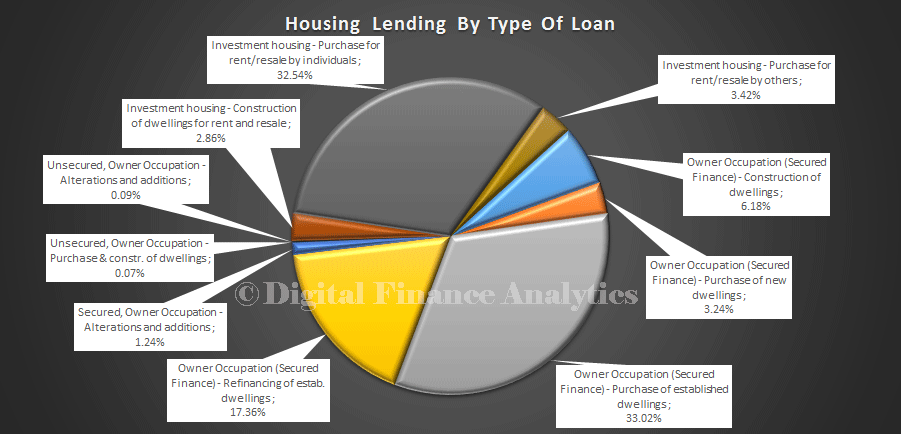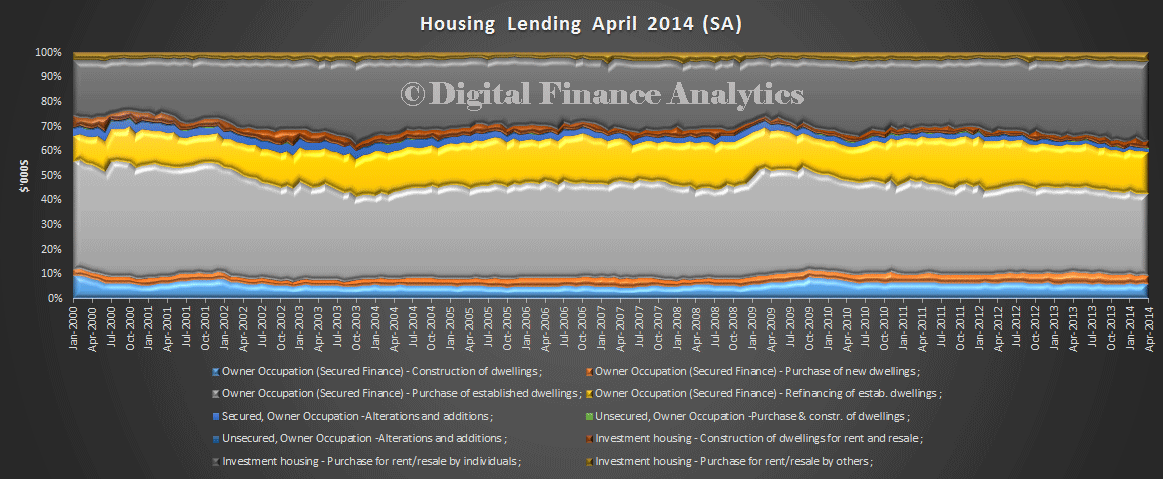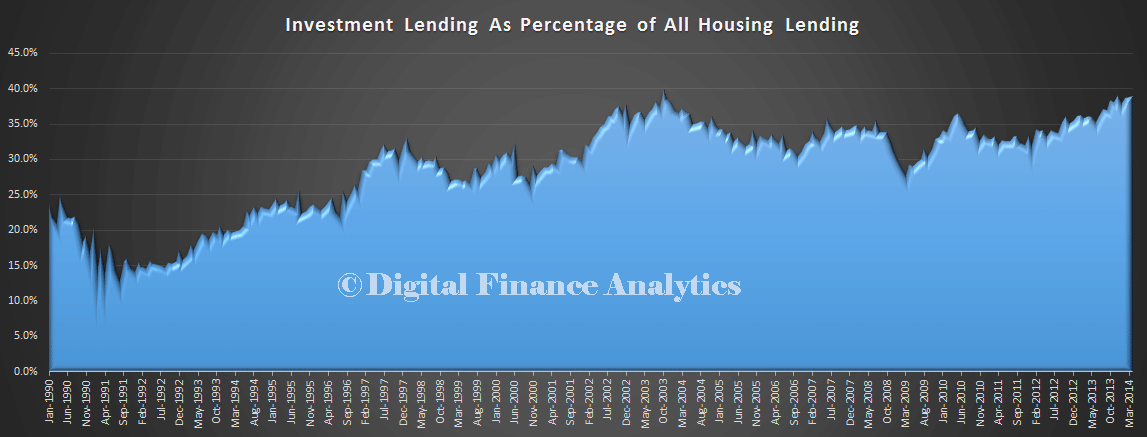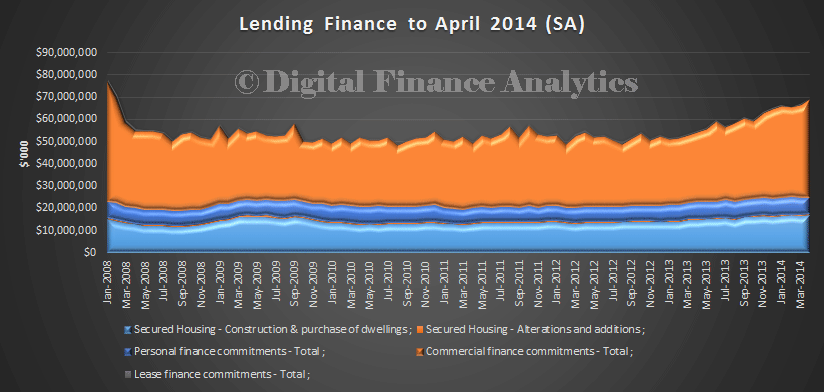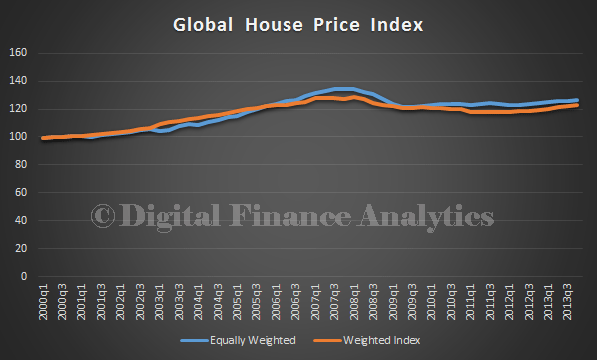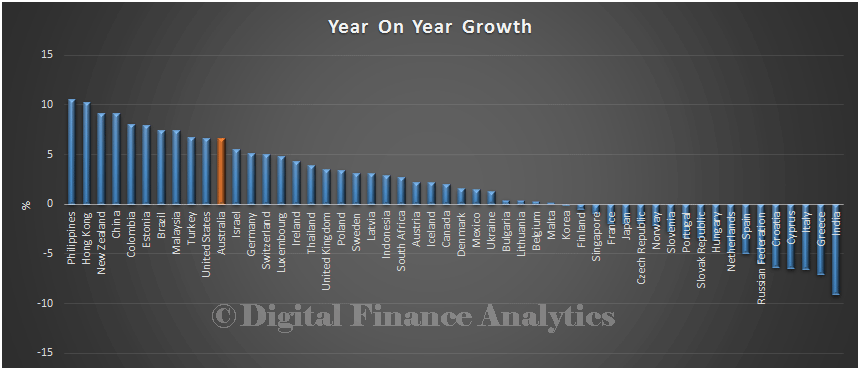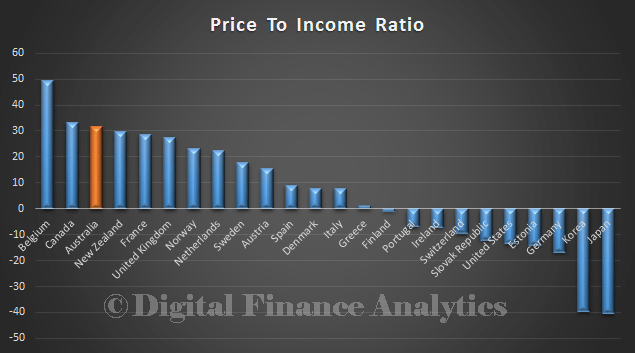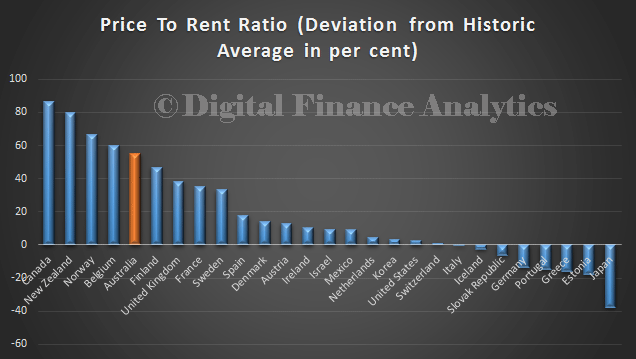When we released our Small Business Survey, we included a section on the impact of digital business and the internet was having on them. So we were interested in the latest ABS data on IT Use and Innovation in Australian Business. They found that more than one in four Australian businesses had a social media presence as at 30 June 2013, up from one in five the previous year, and nearly a third of Australian businesses received orders via the internet during 2012-13. These orders were worth close to $250 billion, which is an increase of almost $10 billion from the year before.
Looking in detail at the data. we find that internet penetration and usage varies by industry. Whilst most businesses now have some form of internet connectivity, a web presence was quite varied, with Arts and Telecommunication/Media most likely to have a web presence, whilst Transport was the least likely. Less than half of Retail businesses receive order via the internet, although more will place orders themselves. Social Media presence varied, with Arts and Media most likely to use this channel. Around 30% of financial services companies use social media, despite the rise of digital banking, as we highlighted in our recent report, the Quiet Revolution.
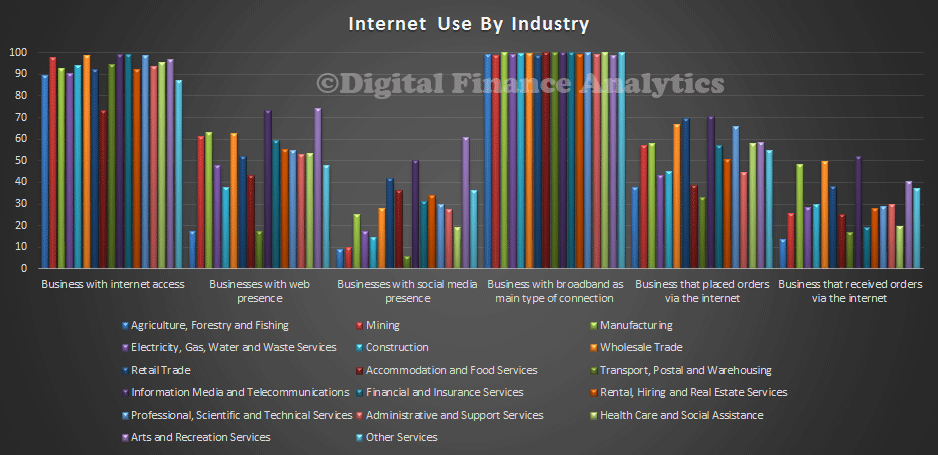 Internet revenue has been rising, and larger business are generating more revenue relative to smaller business.
Internet revenue has been rising, and larger business are generating more revenue relative to smaller business.
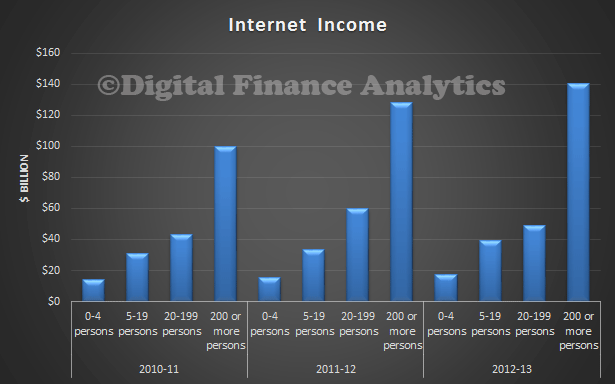 Smaller business tend to be less likely to have a web presence, use social media or receive orders via the internet. Our surveys show that many small business are too busy to exploit digital business, or do not see the true potential of the opportunity.
Smaller business tend to be less likely to have a web presence, use social media or receive orders via the internet. Our surveys show that many small business are too busy to exploit digital business, or do not see the true potential of the opportunity.
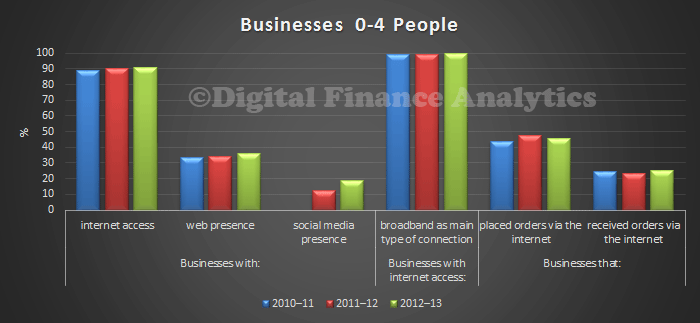
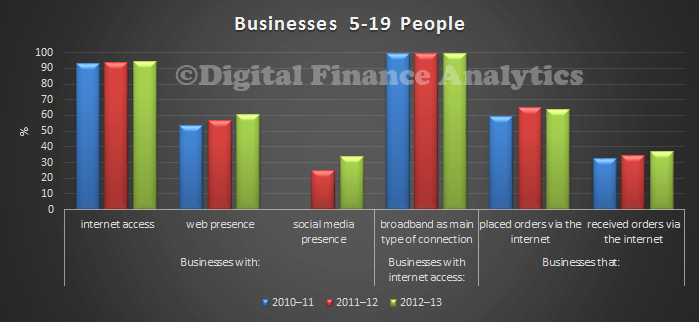
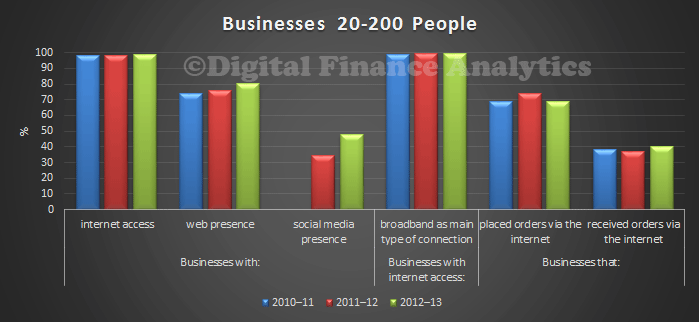
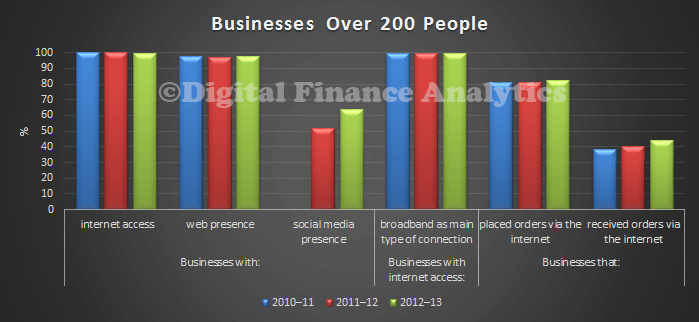 Overall, we believe that many businesses are yet to fully to embrace the potential of digital business. Consumers are highly connected, mostly via mobile devices, so there is huge potential for innovation. The potential is immense, but requires new ways of thinking.
Overall, we believe that many businesses are yet to fully to embrace the potential of digital business. Consumers are highly connected, mostly via mobile devices, so there is huge potential for innovation. The potential is immense, but requires new ways of thinking.

